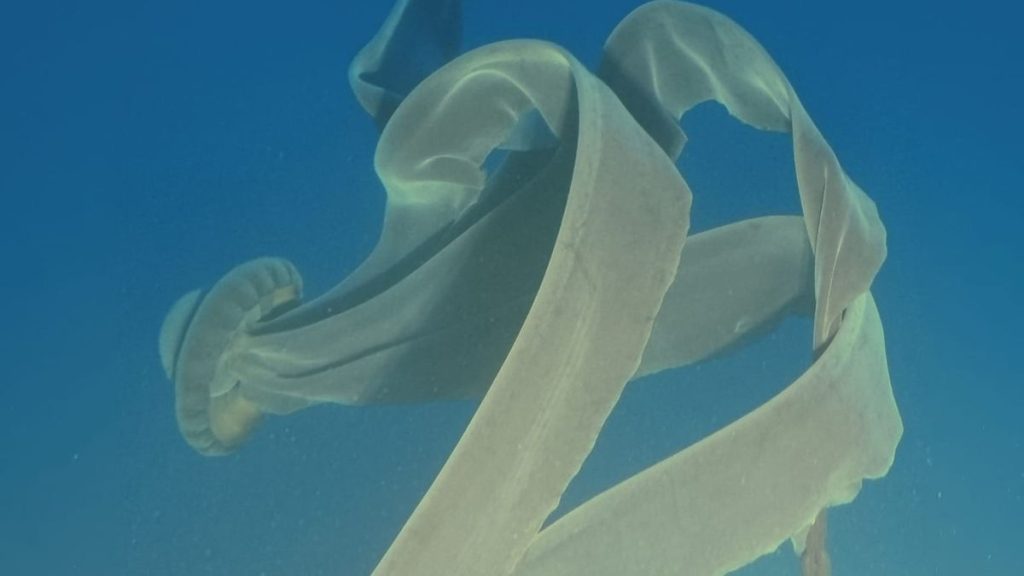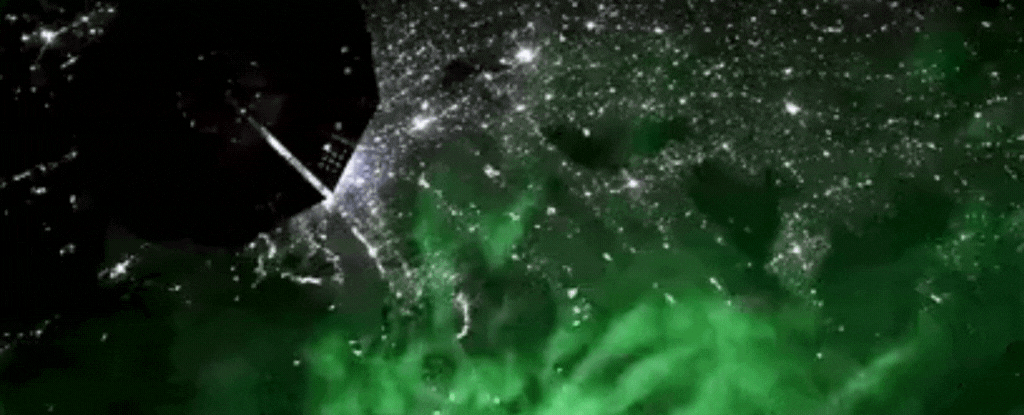Giant phantom jelly: The 33-foot-long ocean giant that has babies out of its mouth – Livescience.com

No offers foundGiant phantom jellies were discovered in 1899 and since then have only been spotted around 120 times.
When you purchase through links on our site, we may earn an affiliate commission. Here’s how it works.
Name: Giant phantom jelly (Stygiomedusa gigantea)Where it lives: Every ocean except the Arctic OceanWhat it eats: Plankton and small fishWhy it’s awesome: Earth’s oceans are home to many secretive and unusual creatures that humans rarely see — including giant phantom jellies. These elusive deep-sea creatures have a 3.3-foot-wide (1 meter) bell and four ribbon-like arms that grow up to 33 feet (10 m) long, making them among the largest invertebrate predators in the ocean.The first giant phantom jelly specimen was collected in 1899 and described in 1910. The species has only been spotted around 120 times since. This is because these jellies generally live in deep waters, down as far as 22,000 feet (6,700 m) below the surface.They have compressible, squashable bodies, which help them to survive the incredibly high pressures they experience at these depths.In 2022, researchers observed giant phantom jellies on three separate occasions during submersible expeditions in Antarctica, with videos and images showing the creatures swimming at relatively shallow depths of between 260 and 920 feet (80 to 280 m). In a study reporting the sightings, researchers said it’s likely the jellies live closer to the surface in high southern latitudes because seasonal variations in sunlight may drive prey closer to the surface.Get the world’s most fascinating discoveries delivered straight to your inbox.Unlike other jellyfish, giant phantom jellies don’t have stinging tentacles to catch prey. Instead, they wrap their arms around their food — usually plankton or small fish — and hoist them into their mouths.Related: Newly discovered jellyfish is a 24-eyed weirdo related to the world’s most venomous marine creatureGiant phantom jellies also differ from other jellyfish by being viviparous, meaning they give birth to live young. The young develop inside the mother before detaching from inside the hood and swimming out of their mother’s mouth.—Otherworldly video captures rare jellyfish with a hitchhiker in its bell—32 truly bizarre deep-sea creatures—Tiny, highly venomous jellyfish stings 2 people in the middle of the ocean — forcing them to be airlifted to hospitalWhen there is visible light, giant phantom jellies emit a slight orange-red light via bioluminescence — meaning they produce light through natural chemical reactions. It’s not known exactly why they glow, but researchers believe it could be to communicate, confuse predators, lure prey or attract potential mates. However, because these jellies live in the deep ocean — where red light cannot penetrate very far — their glow is very faint, which likely helps to keep them hidden.These jellyfish are solo explorers, but they also appear to help to protect smaller sea creatures. During an expedition in the Gulf of California, researchers from the Monterey Bay Aquarium Research Institute spotted small fish, pelagic brotula (Thalassobathia pelagica) sheltering underneath a giant phantom jelly. In return, the fish aided the jelly by removing parasites.Lydia Smith is a health and science journalist who works for U.K. and U.S. publications. She is studying for an MSc in psychology at the University of Glasgow and has an MA in English literature from King’s College London.15th-century hoard of gold and silver coins discovered in Israel near Sea of GalileeWhat is the world’s deadliest food?Science news this week: Interstellar visitors and contagious peeingLive Science is part of Future US Inc, an international media group and leading digital publisher. Visit our corporate site.©
Future US, Inc. Full 7th Floor, 130 West 42nd Street,
New York,
NY 10036.






